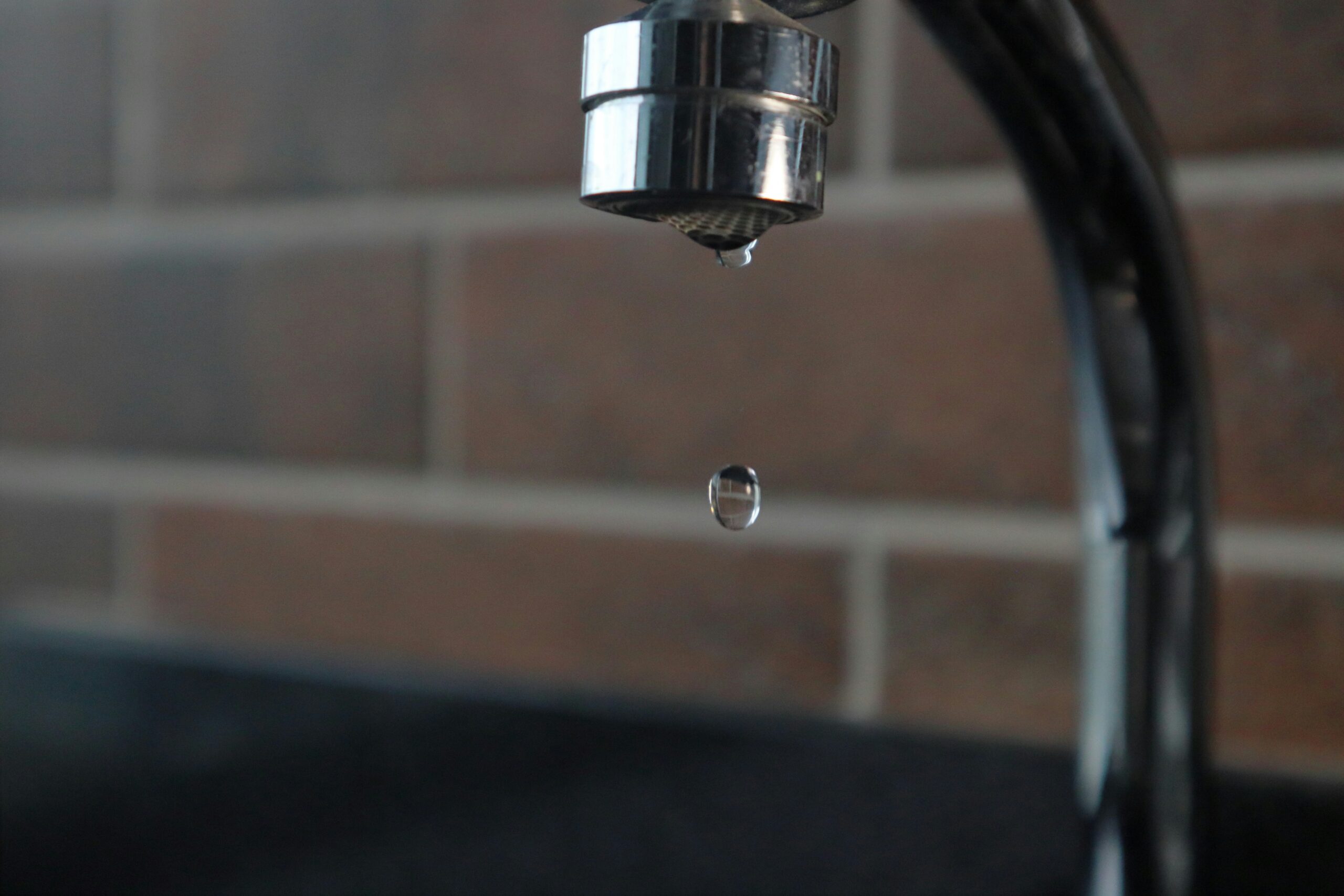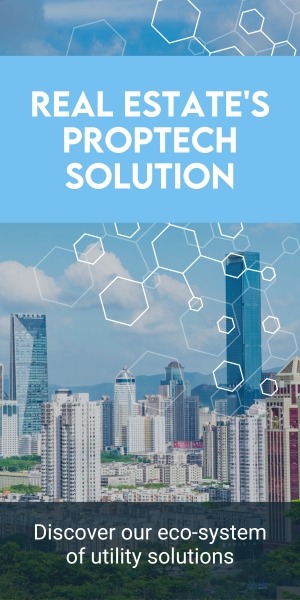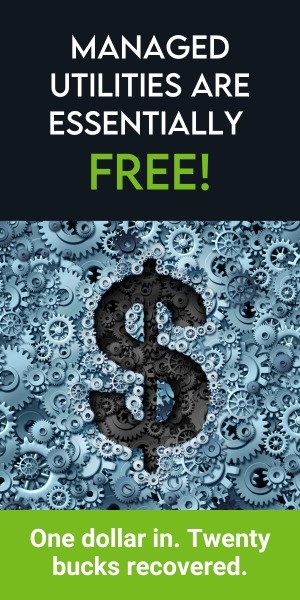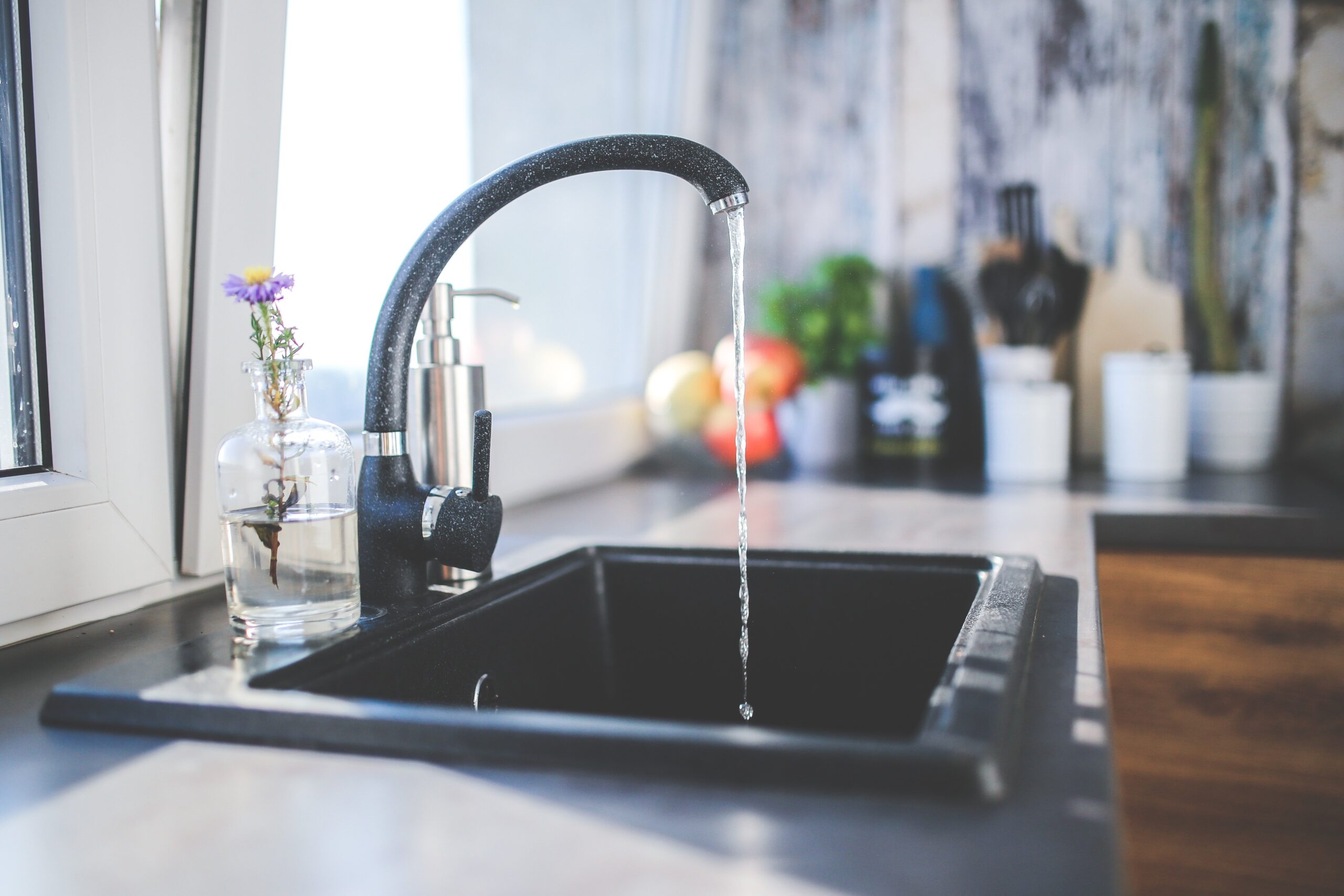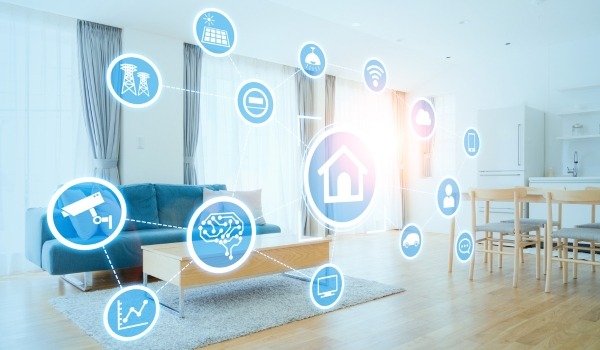In this economy, cost control is on everyone’s mind. And energy and payroll usually top the list for multifamily operators. But here’s the thing: water and waste are two of the fastest-growing, least-managed costs eating into margins every day.
Consider this: EPA-backed studies estimate that residential water leaks waste up to 10% of all usage, wasting trillions of gallons every year. That’s not just a sustainability problem, it’s a profit problem. And it’s not just leaks. Without real-time visibility into utility flows, operators are losing money to leak damage, billing disputes, and over-serviced waste contracts that don’t match actual needs.
The solution is no longer guesswork. Smart submetering, IoT sensors for leak detection, and predictive analytics now give operators the power to see, act, and save in real time.
Hidden Costs That Quietly Erode NOI
Though you may think undetected leaks just waste water, the damage to structures can be severe. Hidden leaks behind walls or beneath slabs can go unnoticed for months, leading to costly repairs and inflated consumption charges.
Then there’s waste. Over-serviced contracts with frequent pickups or oversized bins quietly drain margin. Without real usage data, operators end up paying for capacity they don’t need.
Sensor-Powered Leak Detection & Waste Monitoring
Continuous water flow tracking makes every drip visible. IoT sensors monitor usage in real time and flag spikes from leaks, phantom flow, or unauthorized use – issues that once went unnoticed until the bill arrived.
The same goes for waste. Bin sensors measure fill levels so pickups happen when they’re needed, not just on a set schedule. That means fewer wasted hauls and lower vendor costs.
Best of all, these tools scale. Roll them out across dozens of properties, feed the data into one dashboard, and operators get a clear view of where action is needed. In one San Francisco pilot, a smart water system detected 21 unusual water-usage events in a large apartment building; within 24 hours, management identified the source and fixed leaks, saving thousands of dollars and gallons of water.
Unit-Level Submetering: Accountability & Transparency
Submetering brings accurate, fair billing. Residents pay for what they actually use, which cuts down on disputes and improves cost recovery for operators. It also enables early leak detection. With unit-level data, both operators and residents can spot anomalies before they become costly problems.
And the impact goes beyond savings. According to the EPA’s WaterSense program, fixing even small leaks can reduce household water use by up to 10%. That’s good for the bottom line and for conservation.
By making consumption visible, submetering builds a culture of accountability and fairness across the community.
Waste Analytics: Trim Hauls, Boost Efficiency
Predictive pickup scheduling flips the old model on its head. Instead of paying for fixed routes, pickups are triggered by actual fill levels. That means fewer empty hauls, more efficient routes, and lower costs.
Analytics also open the door to smarter vendor negotiations. By tracking usage patterns and overages, operators gain the leverage to push for better contract terms that reflect true needs.
And the benefits don’t stop at cost control. Waste diversion data, like recycling versus landfill tonnage, feeds directly into ESG and sustainability reporting. Our WasteX solution brings this to life, turning waste into actionable data and helping operators optimize both contracts and compliance.
Sustainable Visibility Built from Utility Transparency
Water and waste data help operators align with sustainable frameworks like GRESB, LEED, and green loan requirements. It’s the foundation for meeting today’s reporting standards. Credible, verifiable metrics add weight to sustainability stories. Audited utility usage reassures investors, lenders, and residents that performance claims are real.
The federal push for open utility data backed by HUD, DOE, and EPA shows just how critical transparency has become in multifamily. By building visibility at the utility level, operators can back bold sustainability commitments with evidence that stands up to scrutiny.
Analytics Platforms Unlock Actionable Insights
Centralized utility dashboards bring everything from water, energy, waste, and even carbon data together in one clear view. Instead of juggling spreadsheets and vendor portals, operators can finally see performance across the entire portfolio at a glance.
With that visibility comes power. Benchmarking exposes underperforming properties, outlier bills, and inefficient vendors. Predictive alerts flag spikes in usage, potential leaks, or billing errors before they turn into expensive surprises.
The data backbone matters just as much as the insights. Centralizing scattered utility data is the foundation for smarter decisions — from AI forecasting to sustainability planning. And it’s not just theory. A report from EnergyCAP found that integrating meter data, bill audits, and analytics into one platform helps organizations pinpoint waste, allocate costs accurately, and cut overall utility spend.
TLDR? Here’s the short answer.
Smart water and waste analytics have graduated from “nice to have” to essential tools in the modern multifamily playbook. When operators adopt sensor-based monitoring, submetering, and analytics platforms, they unearth hidden costs, renegotiate vendor contracts more boldly, support ESG commitments, and protect NOI.
Want to see a scalable roadmap tailored to your portfolio? Conservice is uniquely positioned to help all the way from implementation to analytics to sustainability reporting. Start today.
